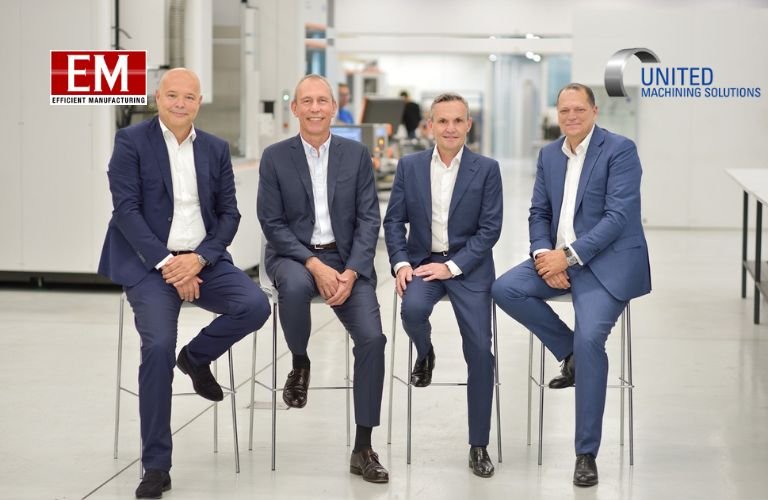| Rapid prototyping is a set of techniques employed to swiftly produce a scaled model of a physical component or assembly using computer-aided design (CAD) data. Often utilized alongside 3D printing, this method facilitates the creation of models or assemblies based on digital designs.
Keerthivasan R,
Cofounder & CTO
Raptee
By crafting and evaluating 3D prototypes, companies can refine product attributes like shape, size, and usability at various stages of the product development cycle, ensuring competitive relevance in today’s fast-paced consumer market.
Credited with the inception of rapid prototyping are Hideo Kodama of Japan and Charles Hull of the United States. Charles Hull, a co-founder of 3D Systems in 1986, pioneered the initial rapid prototyping process. Their groundbreaking work laid the foundation for the development of machines capable of 3D printing and established them as pioneers in the field, heralded as the forefathers of modern rapid prototyping.
Why Rapid Prototyping?
Manufacturing a component is a time-consuming and capital-intensive process, often with limited flexibility for change. Prototypes must be nearly perfect before proceeding to manufacturing, requiring precision in form, function, and fit.
Traditional Prototyping vs. Rapid Prototyping
Traditional prototyping methods rely on skilled craftsmanship, such as clay modeling or metal casting followed by machining, with the output quality depending on the artisan’s expertise. Rapid prototyping, on the other hand, leverages modern techniques like 3D printing, which has gained prominence due to several advantages.
Advantages of 3D Printing
3D printing offers significant benefits over traditional methods:
- Less Time: Rapid prototyping reduces the time required to create prototypes, accelerating the product development cycle.
- Less Waste: Additive manufacturing minimizes waste compared to subtractive methods like machining.
- Manufacturability Constraints Removed: With 3D printing, complex geometries can be easily achieved, overcoming traditional manufacturing constraints.
3D Printing and Rapid Prototyping
The development of 3D printing technology marked a significant leap forward in prototyping. It facilitated rapid prototyping, where physical models could be directly produced from CAD designs. This method, faster and more cost-effective than traditional approaches, opened doors to intricate designs that were previously challenging to craft manually.
Computer-Aided Design (CAD)
The advent of computers revolutionized prototyping with the introduction of Computer-Aided Design (CAD) software. Engineers transitioned to creating digital models of their designs, enabling quicker iterations and modifications. CAD allowed for virtual testing of designs before physical prototyping, streamlining the process and reducing costs.
Evolutionary Prototyping
Modern prototyping methodologies embrace evolutionary approaches, combining incremental and extreme models. This strategy involves refining prototypes through iterative cycles. Systems are divided into independent modules, each receiving necessary functionalities and customer feedback for further refinement. This iterative process continues until a satisfactory final prototype is achieved.
Virtual and Augmented Reality
Contemporary prototyping utilizes virtual and augmented reality technologies. Designers leverage these tools to create and interact with virtual prototypes in three-dimensional environments. This immersive experience helps identify design flaws not apparent in two-dimensional representations, enhancing the prototyping process.
Impact of Rapid Prototyping
Rapid prototyping has become a cornerstone of modern manufacturing, transforming the industry by accelerating production timelines and enhancing product quality. Its ability to expedite design iterations and validate concepts swiftly has revolutionized the journey from ideation to production. This efficiency not only reduces costs but also ensures that final products meet stringent quality standards, driving manufacturing processes towards higher levels of productivity and precision.
Moreover, the widespread adoption of rapid prototyping techniques is fostering a culture of innovation across diverse sectors. By enabling rapid translation of ideas into physical models through advanced technologies like 3D printing and CNC machining, it empowers a broader range of creators to participate in the manufacturing landscape. This democratization of manufacturing fuels a wave of creativity and ingenuity, propelling the industry towards a future marked by continuous innovation and excellence.
In conclusion, the advent of rapid prototyping has revolutionized the manufacturing process, enabling faster, more efficient, and cost-effective product development. As we move forward, the continued evolution of prototyping methods promises to further transform industries, fostering innovation, improving product quality, and democratizing the manufacturing process. The future of rapid prototyping holds exciting possibilities, and its impact on industries worldwide will continue to be profound and far-reaching.












